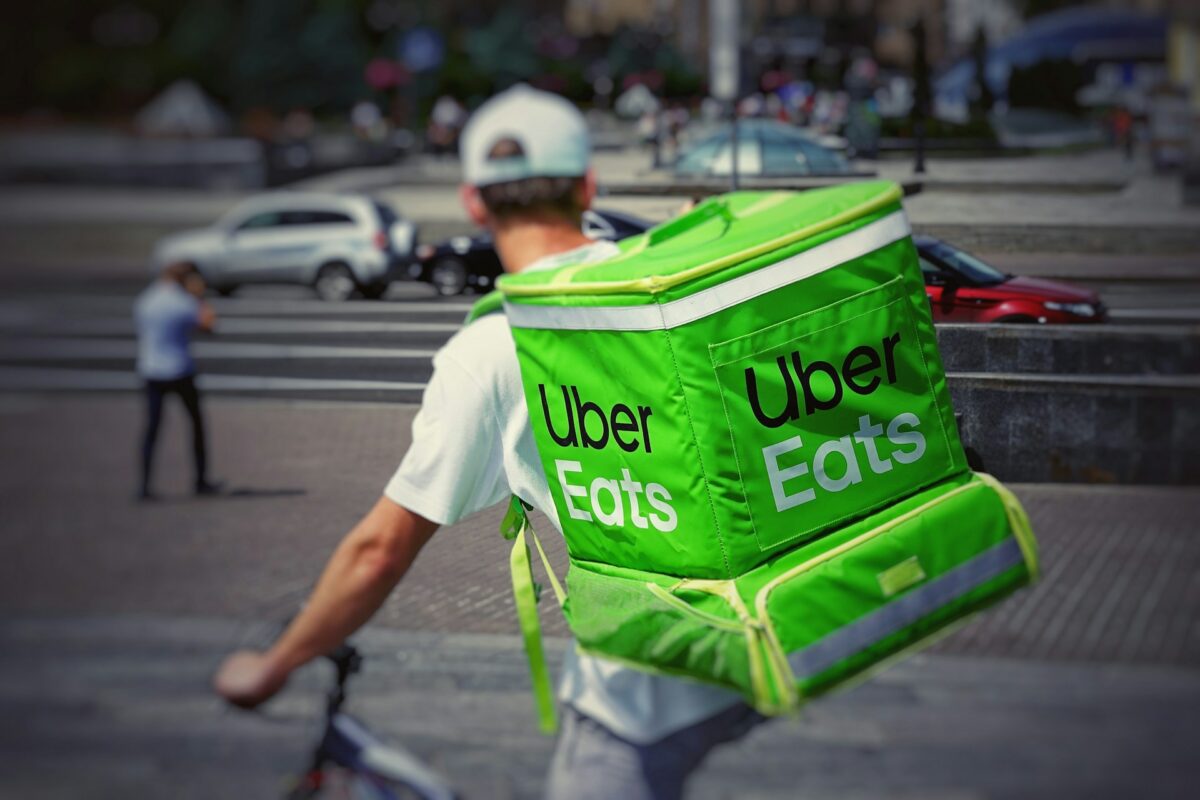As more brands seek to engage in what has been referred to as the “cultural conversations” of today, they encounter reactions ranging from strong endorsement to cynicism about their motives. Starbucks, for example, hit turbulence with its Race Together campaign. (There’s an excellent analysis of why here.)
Levis on the other hand seems to have had an easier ride with its Water<Less campaign. Patagonia’s Don’t Buy This campaign was hailed by many as honest, genuine and utterly in keeping with their beliefs.
As Prof Americus Reed points out in the article, the fundamental difficulty that Starbucks faced was intention vs execution. It’s all very well to have to a good corporate heart, but steering a path through public skepticism is no easy task and doing so in a way that is straight-forward to implement and that fits into consumers’ busy lives has its challenges.
Inevitably, with the decline in trust in business following the Global Financial Crisis, companies have had to work harder than ever to convince consumers and the media that their motives are genuine. Clouding the issue are the brands claiming that they are doing good through their activities. The sheer volume of businesses making these assertions has turned Corporate Social Responsibility into something of a brandwagon. There’s a lovely piece by Henk Campher in which he categorizes participants into 5 categories, ranging from Snake Oil to Activist. In so doing, he draws an interesting distinction between Purpose brands and Activist brands. Purpose brands, he says, want to make the world a better place; Activist brands want the same thing, but with more edge.
Putting in place a campaign that draws attention to a situation within a wider communal or global context requires deep planning that is well aligned to brand strategy, ties directly to proof elsewhere and extends well beyond the planned life of the campaign itself. Whether you’re a purpose brand looking to make a stance or an activist brand looking to achieve more change, here’s a checklist to make sure you achieve your aims as an “opinionated brand” and stay on the right side of consumers:
- Why should your brand want to save the world? (And how do you define the world for the purposes of your brand anyway?)
- What are you fighting, and how entrenched is it?
- Where’s the connection between what you aspire to achieve and what your brand does (and therefore, what mandate, if any, do you have?)
- What exactly do you wish to see happen?
- Who will join you in the bid to make it happen?
- Who will refuse to trust you – and why?
- What’s the likely reaction overall – and how prepared are you for that?
- What will you do if you don’t get that reaction?
- Do your current behaviors fit with what you’re looking to achieve?
- Does your history align with your intentions? What have you said/done in the past to prove you’re sincere?
- How are you going to make this happen? – through whom? With what? Over what period of time?
- What are you doing alongside this via your CSR or business strategies to complement your stance?
- What are you not doing via your CSR or business strategies that could lead people to believe you’re not sincere?
- What other brands are also advocating for change in this space?
- Why are your actions different – and therefore what part of the conversation can you own?
- How motivated are your consumers to see this change?
- Where are your people in all of this? What does your (new) purpose do for them that you haven’t been able to do before?
- Where’s this going? – how will your brand emerge stronger for pursuing this?
- Where’s the proof that you’ve made or will make a difference? (And will that proof stand up to scrutiny?)
- How and when will you judge success? What’s your end point? And then what will you do?
The Blake Project Can Help: Please email us for more about our purpose, mission, vision and values and brand culture workshops.
Branding Strategy Insider is a service of The Blake Project: A strategic brand consultancy specializing in Brand Research, Brand Strategy, Brand Growth and Brand Education





One comment
Chris Wren
May 1, 2015 at 8:39 am
Excellent questions you point out here. O2/Telefonica in the UK has a program called “Think Big” and not only do they outline their Think Big Blueprint, they do in almost a dashboard status style: what’s the goal, how is it tracking, even some highlights/lowlights. http://www.o2.co.uk/thinkbig/blueprint/commitments
While massive initiatives like Kenco’s program to train at-risk farmers in the locations they source the coffee they use are not the right place for a dashboard, I think there is ripe opportunity (especially with community actions) to implement a level of measurement and reporting. This may offer another means for consumers to stay engaged in such a way to maintain receptivity. In this type of approach, the brand intent is clearly stated and the action could be almost “gamified” via a feedback loop/realtime monitoring… and perhaps there is opportunity for consumers to contribute with a feedback loop to show them, instantly, the effect of their contribution (maybe 1 point awarded for sharing the cause on a social network, 100 points if your share is followed up by some level of volunteering…. Obviously every program is unique).
It’s wonderful to see the resonance created by the “do” brands. These 20 questions will help brands as customers ask themselves “do we believe?”
Comments are closed.